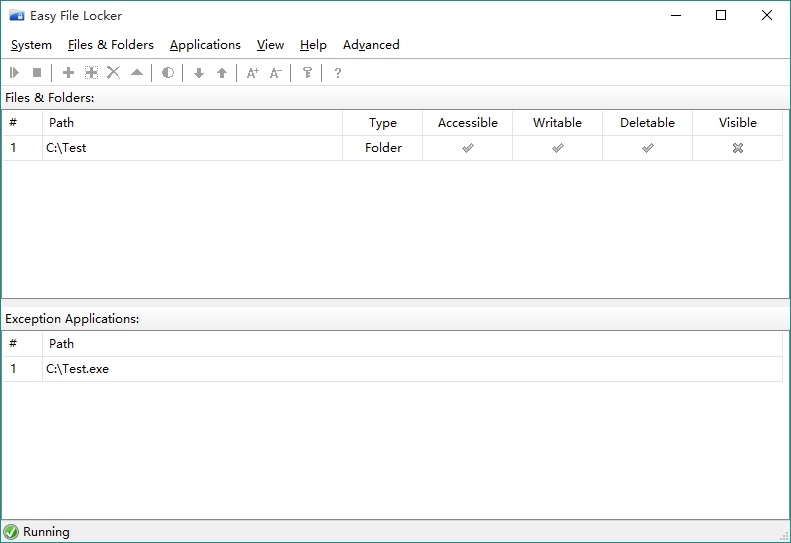

This tends to make your users more concerned about the popup and eliminates the “I accidently hit yes” excuse. Whenever UAC is triggered, a credential request will appear instead of the normal Yes/No prompt. Prompt for credentials on the secure desktop. When you define the setting, choose “Prompt for credentials on the secure desktop. Enable the following setting: User Account Control: Behavior of the elevation prompt for administrators in Admin Approval Mode. Under Security Settings in your GPO, expand Local Policies/Security Options. Short of using restricted groups to remove their local administrator permissions, there is not much you can do except make elevation requests harder. This protection won’t apply to local administrators if the application is elevated. The changes above will prevent standard users from running user profile malware such as CryptoLocker. It is important that AppLocker be enabled for all of your client PCs (including IT machines) for this layer to work. When you encounter these, you will need to create a whitelist to exclude the application from being blocked. The three default rules will prevent CryptoLocker from running under standard users because applications within %AppData%\ are blocked.ĪppLocker’s three default rules prevent user profile–based malware.Ĭertain legitimate programs might need to run from locations like C:\ or %USERPROFILE%\. Right-click the section and choose Create Default Rules. Under Security Settings, expand Application Control Policies, select AppLocker, and choose “Configure rule enforcement.” Check Configured, which is under Executable Rules.Įxpand the Executable Rules section. We need to prevent standard users from running user-based applications. AppLocker requires the Application Identity service to function.


 0 kommentar(er)
0 kommentar(er)
